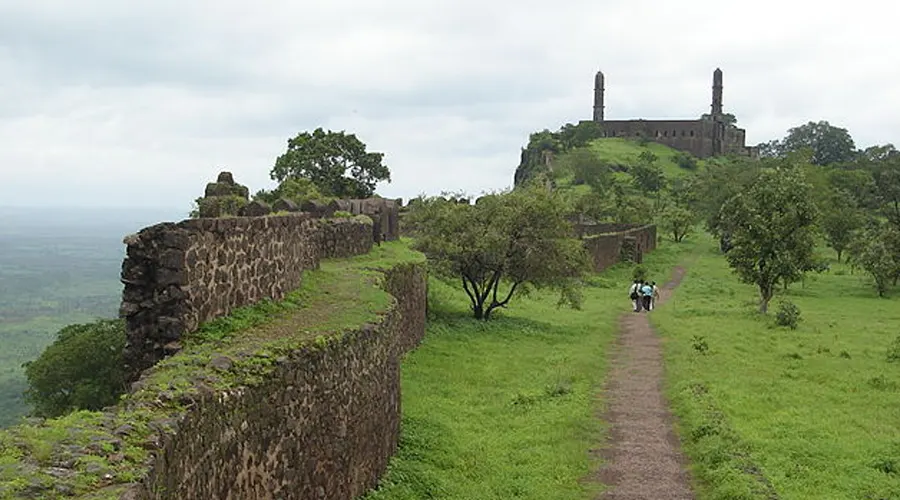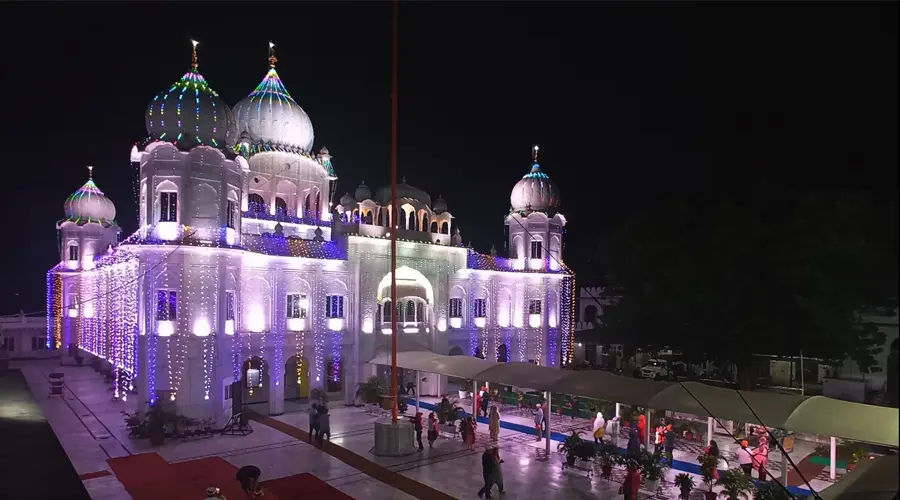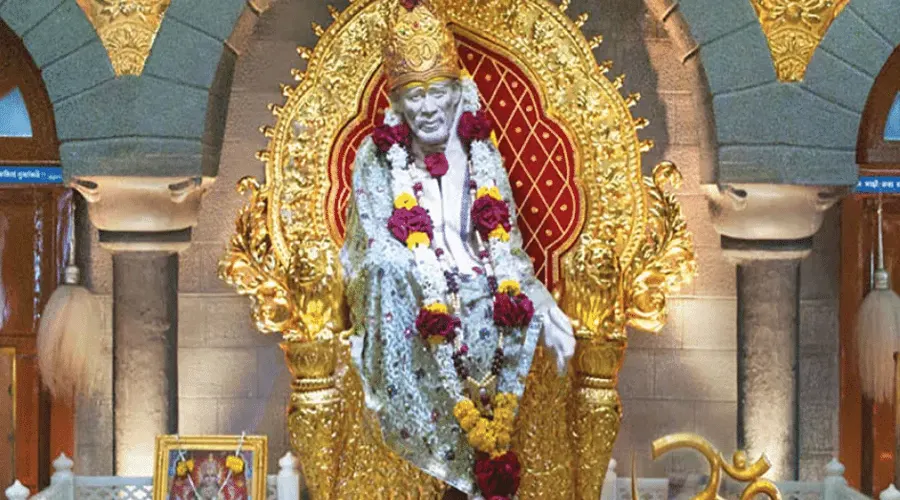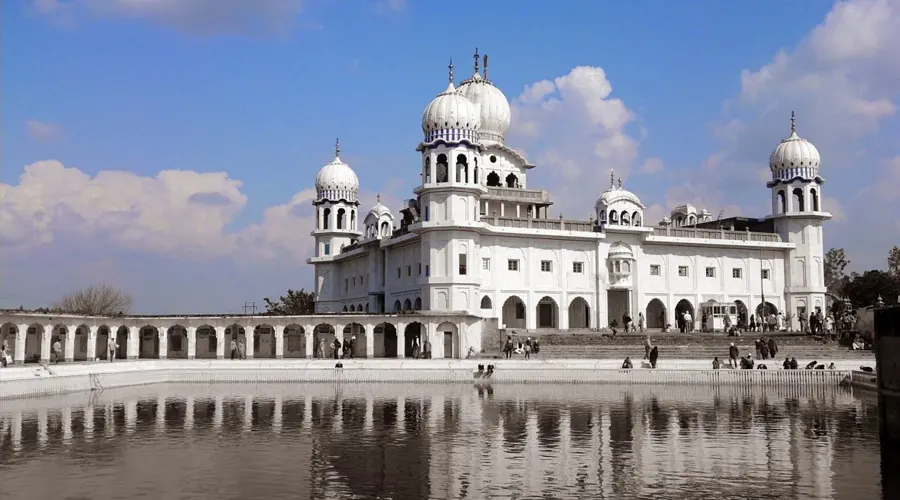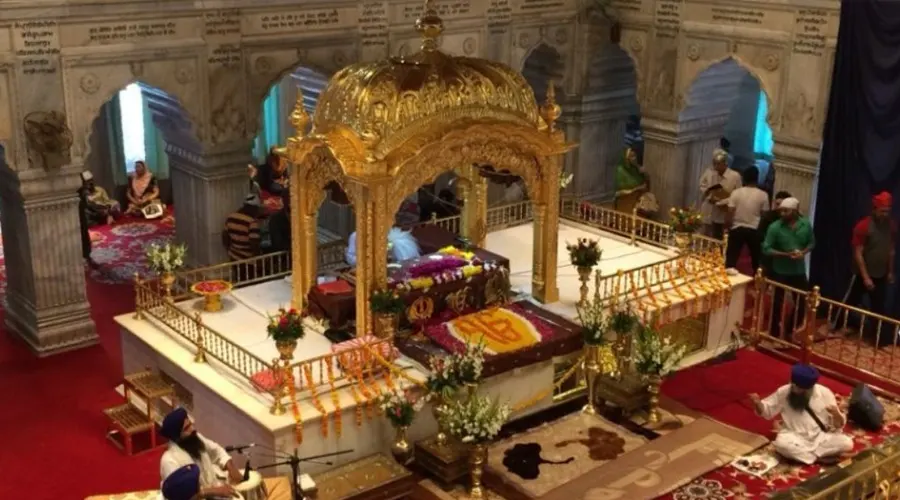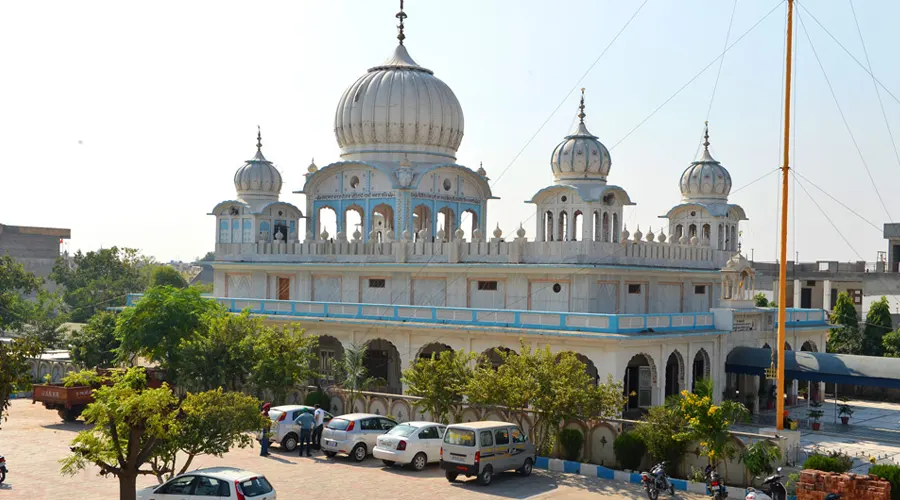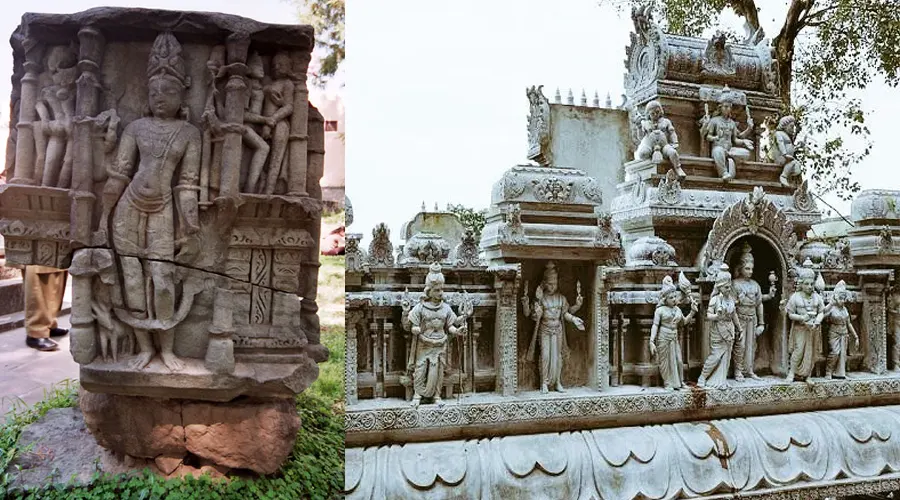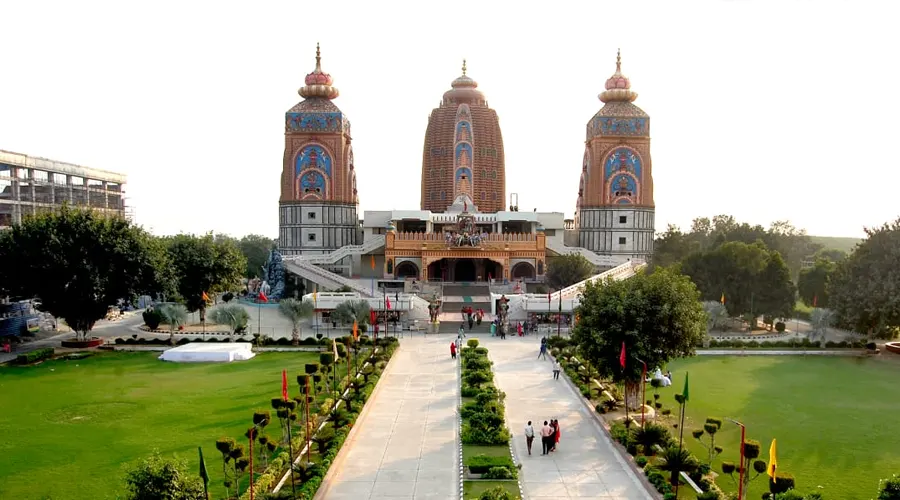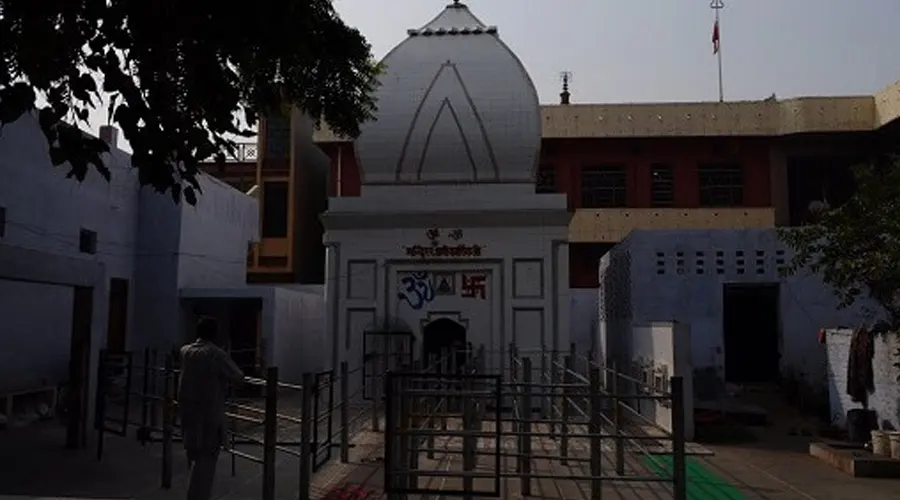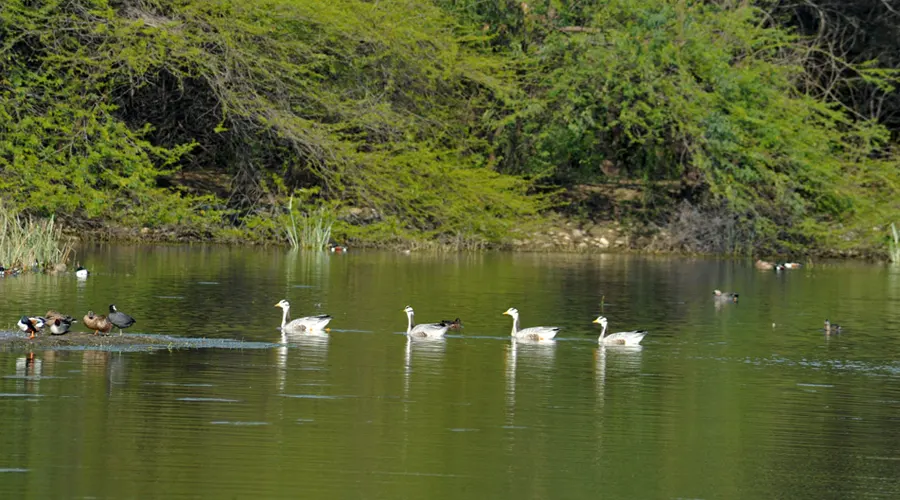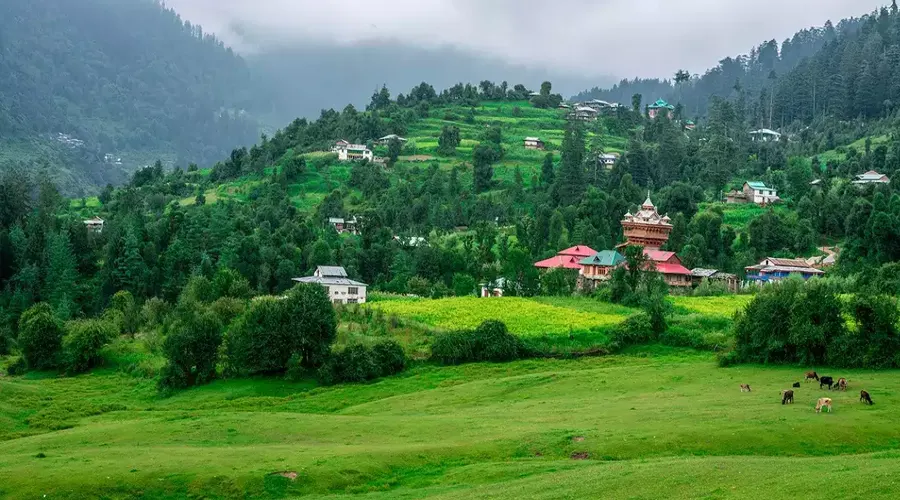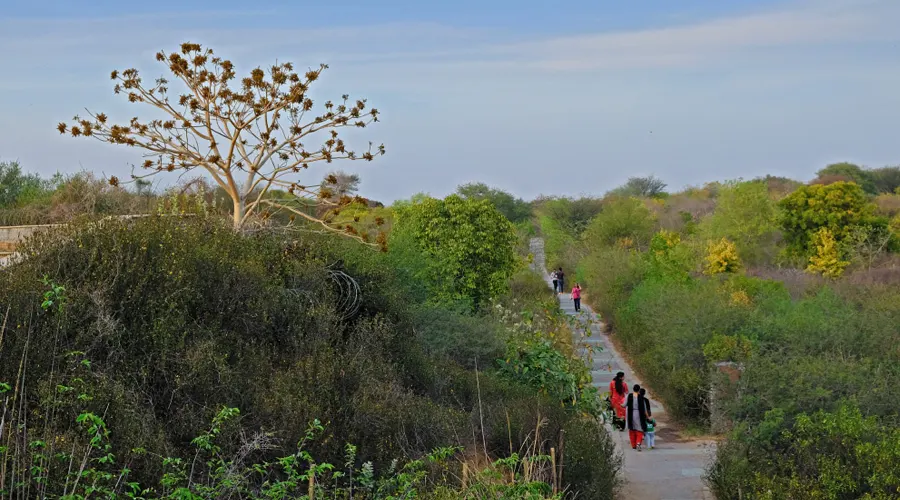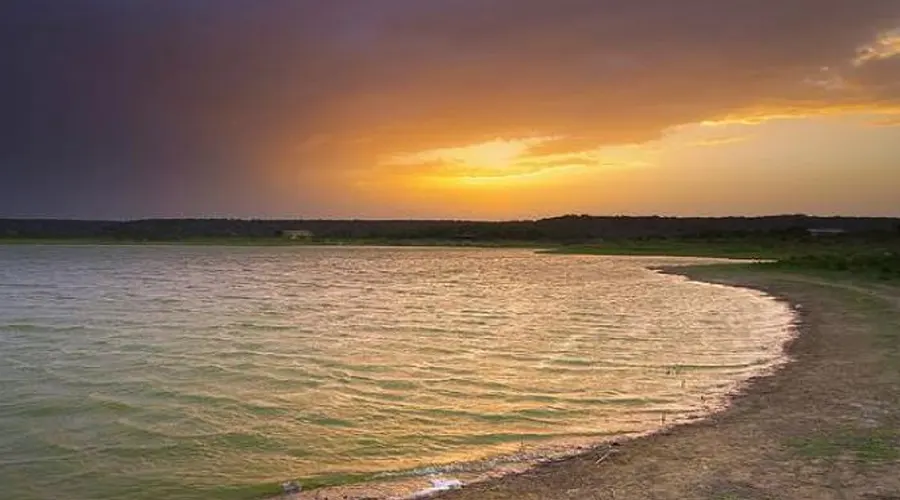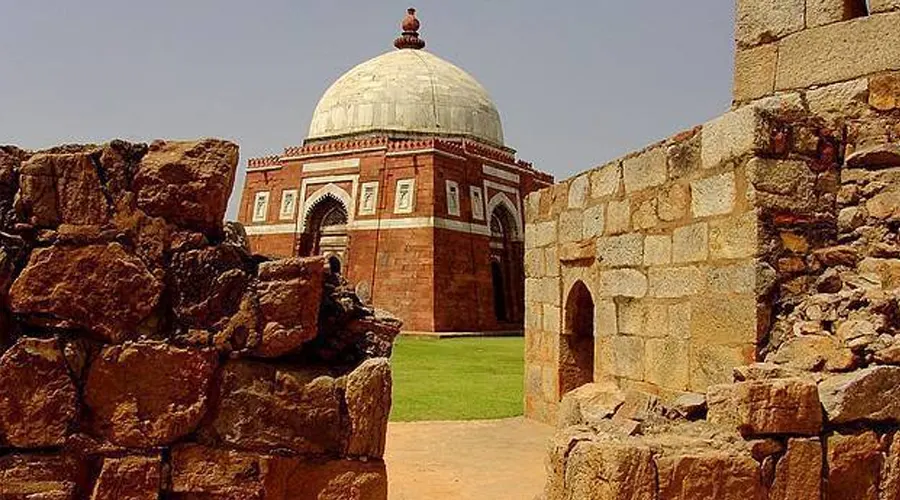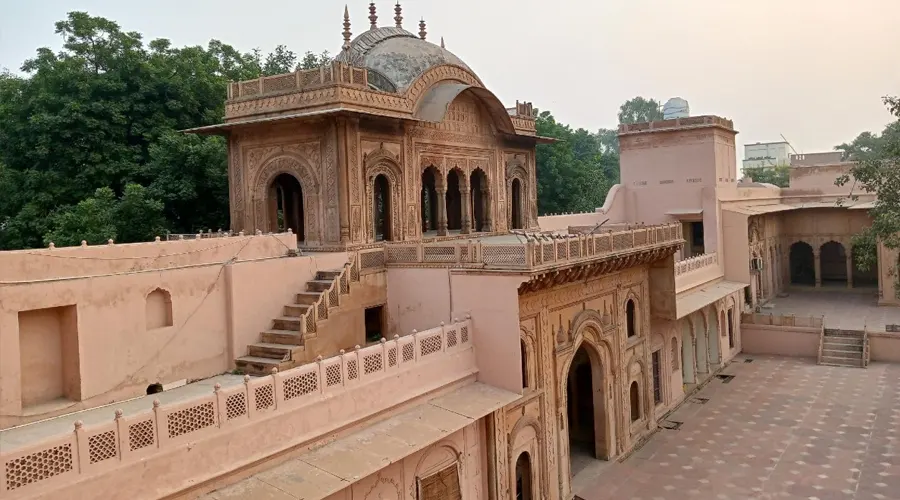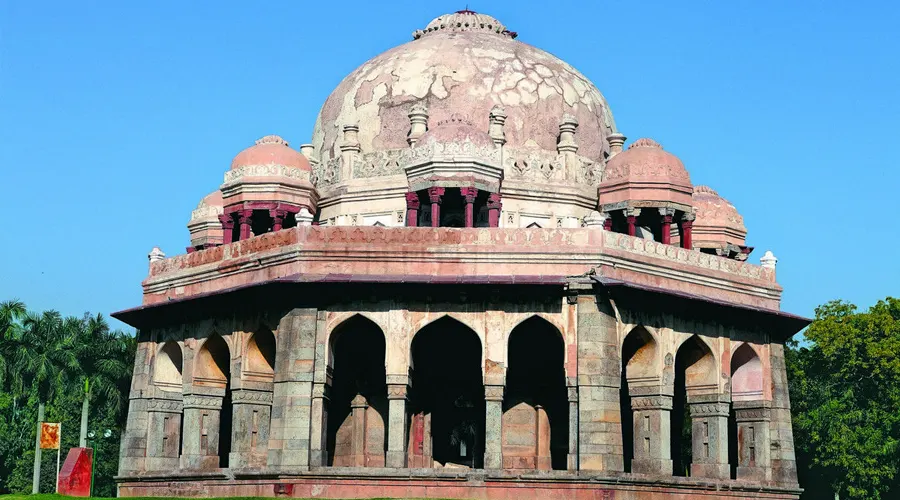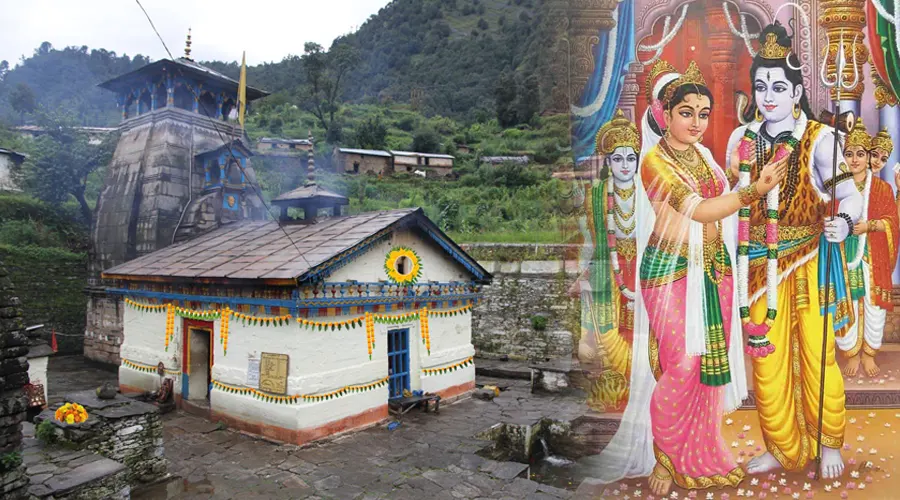Asigarh Fort
Asigarh Fort is one of the oldest forts in India and there is little clarity about who built the fort. Asigarh Fort or Hansi Fort, as per the British Library, was built by the Tomara Dynasty ruler Anangpala Tomar. However, as evidenced by some excavations there were settlements on the mounds of the fort long before it was believed to be built.
King Harshavardhana of the Pushyabhuti dynasty is believed to be the one who built the fort initially. The Asigarh fort was used by various rulers from the Chauhan Dynasty, Delhi Sultanate, Tomar Dynasty, Jat Sikhs, Maratha Empire, and even Britishers. It gets its name from the words – Asi (Sword) and Garh (Fort). As the name would suggest, this fort was the heart of sword-making for Ancient Hindu rulers.
The most notable name amongst its rulers is Prithviraj Chauhan as he reconstructed the fort to a great extent in the 12th century. The Asigarh fort has walls that are 52ft high and 37ft thick. Whilst the main gate has inscriptions of birds, animals, and Hindu deities, it also houses a mosque in its complex.
There is also an inscription that reads that the fort was repaired by the Khilji Dynasty’s most famous ruler Alauddin Khilji in 1304. It also has a long pillar-like structure known as Baradari situated on the top of its mound. Although the Asigarh fort is situated less than 150 km from Delhi and is in Haryana’s one of the most populous districts of Hisar, it doesn’t attract many tourists. The Archaeological Survey of India has declared it a centrally protected monument.
History of Asigarh Fort
Asigarh Fort was constructed during the 12th century by the emperor Prithviraj Chauhan and was rebuilt in the year 1798 by George Thomas. This was created just after Thomas was capable of determining the borders of his territories Rohtak and Hisar districts, while Hisar was made his official capital.
A cantonment was erected within the premises of this Indian fort following the surrender of George Thomas to the British Raj in the nation, during 1803. However, this cantonment was deserted and Asigarh Fort was destroyed after the Sepoy Mutiny of 1857.
Architecture of Asigarh Fort
The fort has been established in such a unique process which ensures that it remains impenetrable in any and every circumstance. The walls of Asigarh Fort measures nearly 52 feet in height and 37 feet in width. Visitors would observe a large gate on the southern part of the Asigarh Fort which had been added much later by George Thomas.
The walls of the fort boast architectural styles which are exclusive to Hindu architecture. Inside the fort complex is a mosque which is a later addition, following the capture of the ruler Prithviraj Chauhan. During the regime of Firoz Shah Tughlaq, an underground tunnel was built to connect Hisar and Hansi, inside the Asigarh Fort.
The gates of Asigarh Fort are beautifully decorated with figures of Gods while its walls are adorned with the figurines of Goddesses, animals, and birds.

